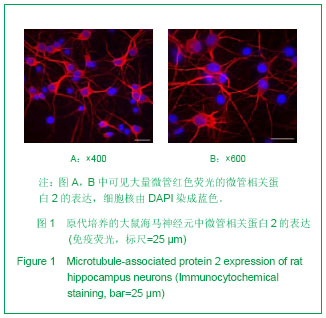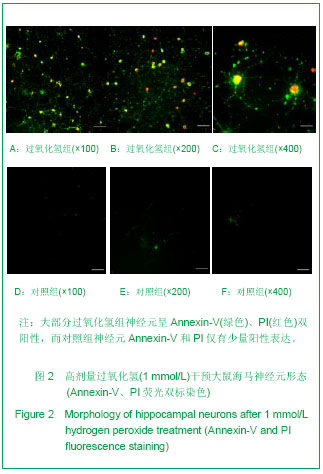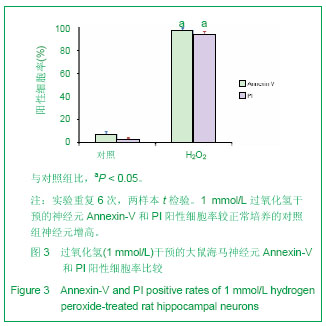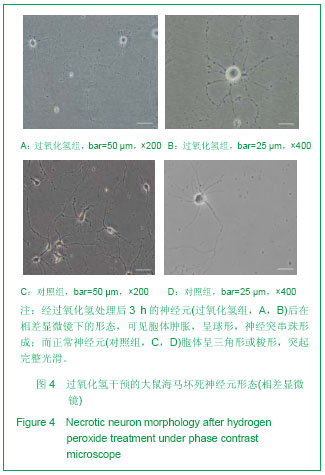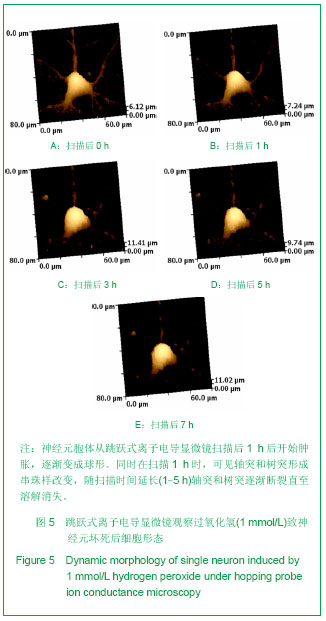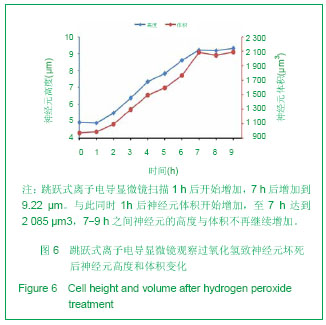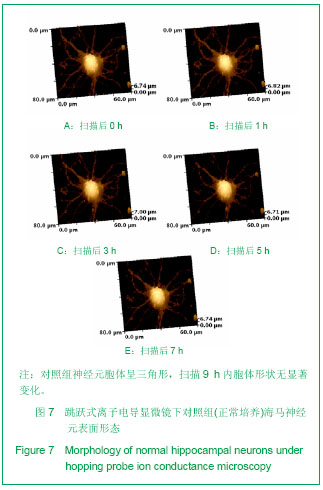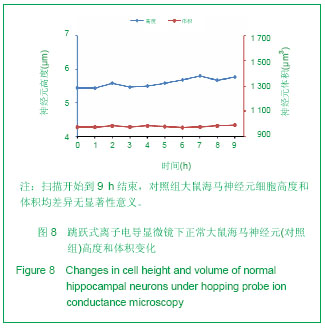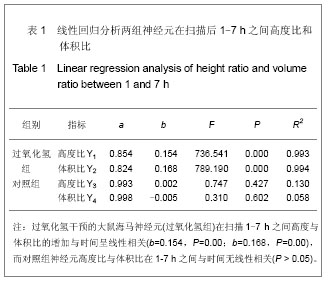| [1] Saisho Y, Manesso E, Gurlo T, et al. Development of factors to convert frequency to rate for beta-cell replication and apoptosis quantified by time-lapse video microscopy and immunohistochemistry. Am J Physiol Endocrinol Metab. 2009; 296(1):E89-96.[2] Gilloteaux J, Jamison JM, Arnold D, et al. Autoschizis of human ovarian carcinoma cells: scanning electron and light microscopy of a new cell death induced by sodium ascorbate: menadione treatment. Scanning. 2003;25(3):137-149.[3] Korchev YE, Bashford CL, Milovanovic M, et al. Scanning ion conductance microscopy of living cells. Biophys J. 1997;73(2): 653-658.[4] Zhao XL, Liu X, Lu HJ, et al. Hopping probe ion conductance microscopy and its combined patch-clamping: a powerful tool for structural and functional studies in neural nanobiology. Mater Sci Forum. 2011;694:54-58.[5] Liu X, Yang X, Zhang B, et al. High-resolution morphological identification and characterization of living neuroblastoma sk-n-sh cells by hopping probe ion conductance microscopy. Brain Res. 2011;1386:35-40.[6] Yang X, Liu X, Zhang X, et al. Investigation of morphological and functional changes during neuronal differentiation of PC12 cells by combined hopping probe ion conductance microscopy and patch-clamp technique. Ultramicroscopy. 2011;111(8):1417-1422.[7] Chen X, Zhang Q, Cheng Q, et al. Protective effect of salidroside against H2O2-induced cell apoptosis in primary culture of rat hippocampal neurons. Mol Cell Biochem. 2009; 332(1-2):85-93.[8] Troyano A, Sancho P, Fernandez C, et al. The selection between apoptosis and necrosis is differentially regulated in hydrogen peroxide-treated and glutathione-depleted human promonocytic cells. Cell Death Differ. 2003;10(8):889-898.[9] Leventis PA, Grinstein S. The distribution and function of phosphatidylserine in cellular membranes. Annu Rev Biophys. 2010;39:407-427.[10] Kim KT, Chung KJ, Lee HS,et al. Neuroprotective effects of tadalafil on gerbil dopaminergic neurons following cerebral ischemia. Neural Regen Res.2013;8(8): 693-701.[11] Golstein P, Kroemer G. Cell death by necrosis: towards a molecular definition. Trends Biochem Sci. 2007;32(1):37-43.[12] Kroemer G, Galluzzi L, Vandenabeele P, et al. Classification of cell death: Recommendations of the nomenclature committee on cell death 2009. Cell Death Differ. 2009;16(1): 3-11.[13] Cellerino A, Galli-Resta L, Colombaioni L. The dynamics of neuronal death: A time-lapse study in the retina. J Neurosci. 2000;20(16):RC92.[14] Hansma PK, Drake B, Marti O, et al. The scanning ion-conductance microscope. Science. 1989;243(4891): 641-643.[15] Novak P, Li C, Shevchuk AI, et al. Nanoscale live-cell imaging using hopping probe ion conductance microscopy. Nat Methods. 2009;6(4):279-281.[16] Zhu H, Li Y, Liu X, et al. Shenwu Wuli Xuebao. 2012;28(8): 644-653.朱晖,李瑛,刘晓,等.跳跃探针式离子电导显微镜技术及其在生物学研究中的应用[J].生物物理学报,2012,28(8):644-653.[17] Zong WX, Thompson CB. Necrotic death as a cell fate. Genes Dev. 2006;20(1):1-15.[18] Simon F, Varela D, Riveros A, et al. Non-selective cation channels and oxidative stress-induced cell swelling. Biol Res. 2002;35(2):215-222.[19] Xiao AY, Wei L, Xia S, et al. Ionic mechanism of ouabain-induced concurrent apoptosis and necrosis in individual cultured cortical neurons. J Neurosci. 2002;22(4): 1350-1362.[20] Greenwood SM, Connolly CN. Dendritic and mitochondrial changes during glutamate excitotoxicity. Neuropharmacology. 2007;53(8):891-898.[21] Takeuchi H, Mizuno T, Zhang G, et al. Neuritic beading induced by activated microglia is an early feature of neuronal dysfunction toward neuronal death by inhibition of mitochondrial respiration and axonal transport. J Biol Chem. 2005;280(11):10444-10454.[22] Greenwood SM, Mizielinska SM, Frenguelli BG, et al. Mitochondrial dysfunction and dendritic beading during neuronal toxicity. J Biol Chem. 2007;282(36):26235-26244.[23] The Ministry of Science and Technology of the People’s Republic of China. Guidance Suggestions for the Care and Use of Laboratory Animals. 2006-09-30. |
